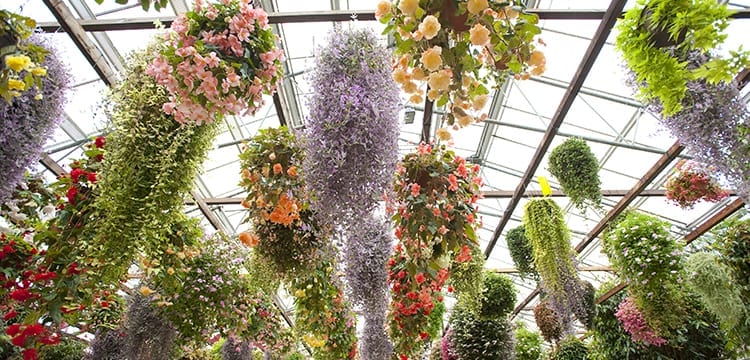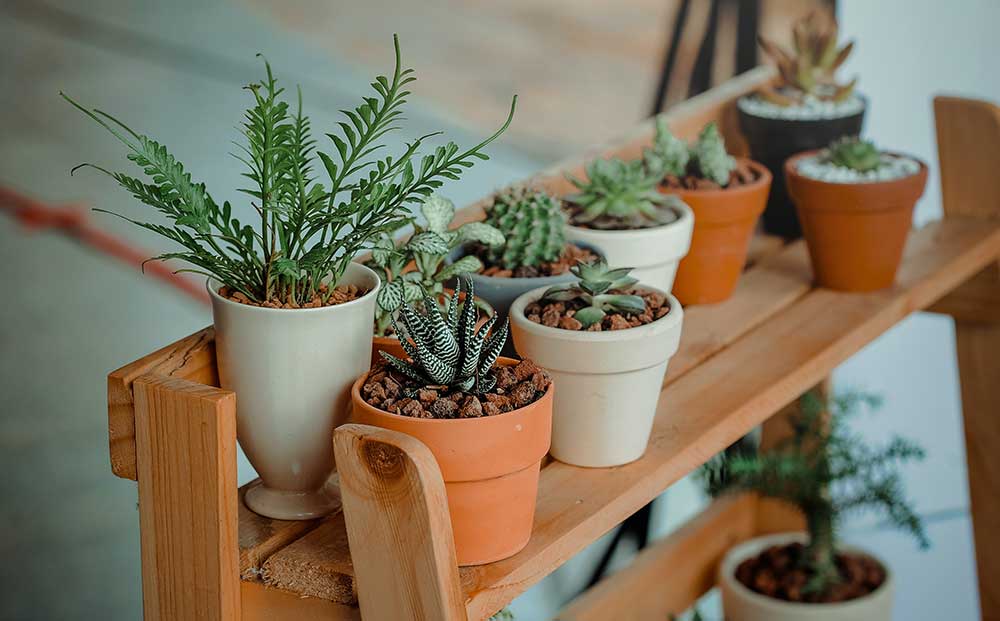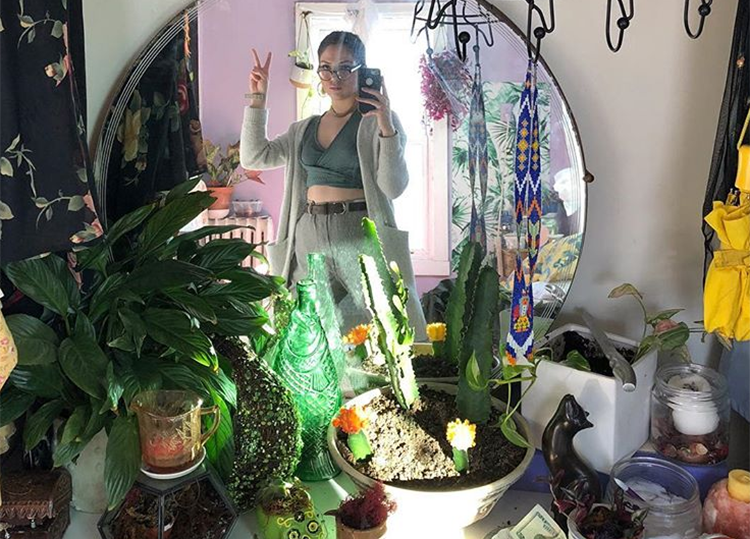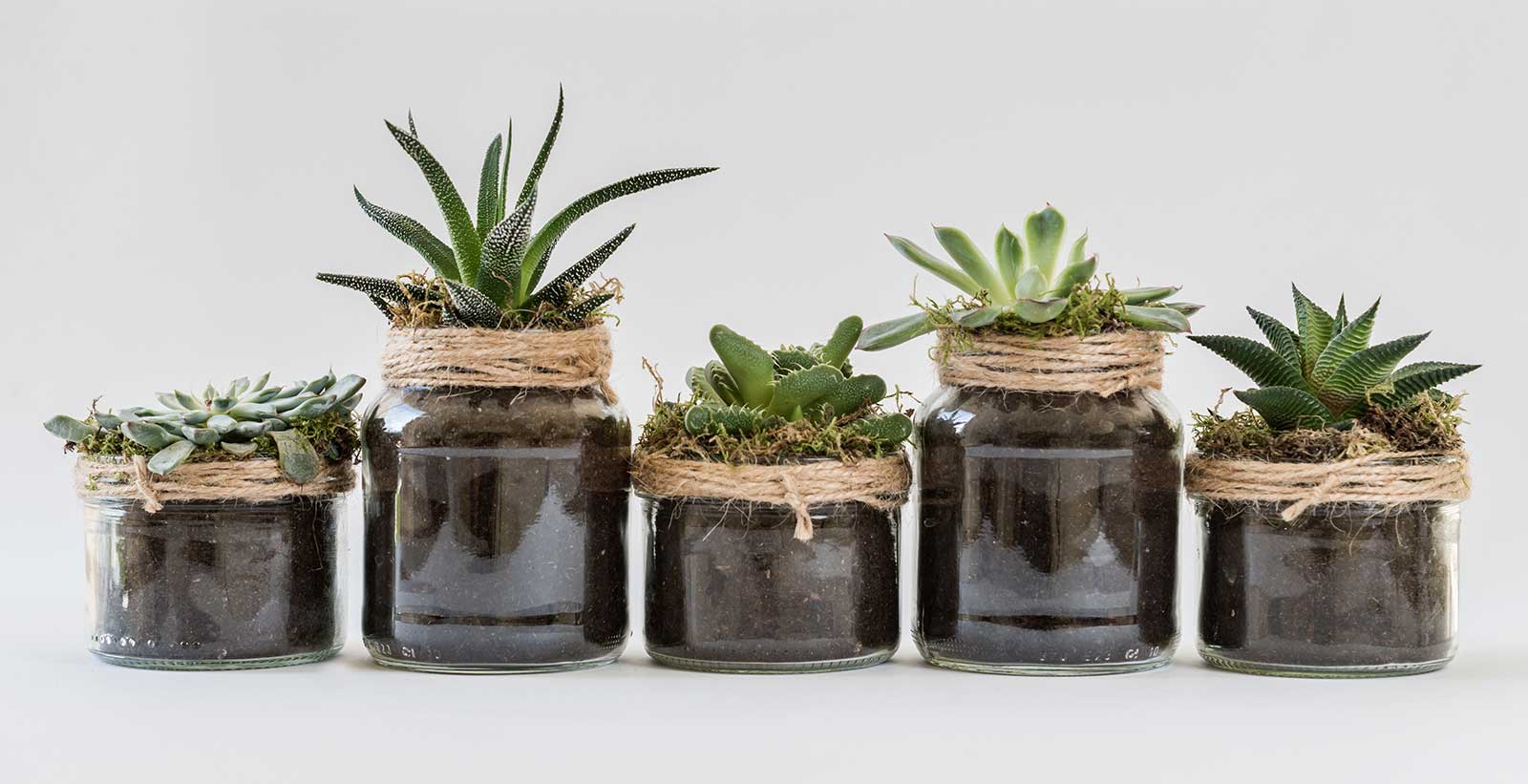How to Keep Plants Alive in Seven Easy Steps
By Joselyne Pimentel
Joselyne Pimentel was born and raised in the concrete jungle of Brooklyn, and if you think this makes her an unlikely plant queen, you would not be wrong. She grew up inspired by her mom who always kept a bright, light-filled apartment teeming with vegetation. Joselyne always believed that her mom had a preternatural green thumb, and deep wisdom from the ancients on how to make any plant thrive. But that whole narrative came crashing down one day when Joselyn returned to her mother’s home to retrieve some plants she had left there after moving out. They had all perished. They were irreparably crumpled and desiccated. It was then that she learned that all those years, her mother hadn’t actually been able to keep plants alive AT ALL. She was just buying new plants every few weeks to replace the ones that died. “I looked to her for advice,” lamented Joselyne, “but I found out she was just as clueless at taking care of plants as everyone else. So I made it my mission to become a Plant Queen, gathering knowledge from friends, the Internet, and gurus I’ve met along the way.”
Before long, Pimentel become a greenery sage in her own right, maintaining lush herbage in a windowless cavern at her office and doling out advice to her friends who have high hopes but little luck with their own flora. Pimentel adamantly believes that with a little guidance and some practice, anyone can become a Plant Queen, and she shared her seven tips with ELYSIAN:
1. Consider the growing conditions in your space.
Which direction do your windows face? How much sunlight does your home get? Is your space effectively temperature regulated? Before acquiring any plant, research its ideal growing conditions. Do not invest in a tropical plant if you live in a place with limited sunlight and cold winters. Spider Plants, Snake Plants, Dumb Canes and Viper’s Bowstring Hemp all grow well indoors with limited light. As to why they all have such peculiar names, your guess is as good as mine.
2. Consider your lifestyle and available time for plant care.
Plants are living things and need care. No, not as much as a child or a dog, or even as much as a cat. But they do require care. Pay attention to any anomalies in your plant’s growth and periodically remove dead or damaged leaves. When you travel, barter plant care with a fellow Plant Queen so you know your vegetation is being well cared for.

3. Visit a local plant nursery.
Ask lots of questions. See what’s available. Talk to the staff about your interests and concerns. Are you looking for herbs that you can grow to use in cooking? Are you interested in plants that are particularly suited at removing pollutants from the air? Are you concerned about plant toxicity in reference to your children or pets?
A knowledgeable expert is a Plant Queen’s best friend when learning how to keep plants alive.
4. Start cheap.
Don’t try to become an expert out of the gate by messing with a $200 Fiore Moth Orchid. They can be temperamental and complicated to care for. Hone your chops on a hearty Peace Lilly or Wandering Jew and after keeping them alive and thriving for a few months, you can see about that orchid or Fiddle Leaf Fig Tree.
5. Choose an appropriate pot and soil for your plant.
Look for pots with drainage holes to prevent root rot. Choose a soil type that coincides with the needs of your plant. Soils may be sandy, silty or clay-based. When you are purchasing bagged soil to grow plants from seed, choose a peat blend that is specially formulated for seedlings.

6. Place your plants strategically in your home according to their needs.
Plants that require a lot of humidity can thrive in a bathroom as long as you use full-spectrum bulbs. Plants that need direct or indirect sunlight are best near a window, but be mindful of drafts, as they can be harmful to even the hardiest indoor plants.
7. Keep a watering schedule.
Based on the recommendations for your plants, create a watering schedule which becomes as much a part of your routine as personal grooming. Keep in mind that plants’ hydration needs change throughout the year, depending on whether they are in bloom or seeding.
Pimentel maintains “Plant Queendom is a process, and even the best of us are always learning and adjusting to new growing conditions.” She assures us that if something goes wrong and your green progeny expire unexpectedly, “you can always do like my mom and start over from scratch–at the plant store.”

(Photo from Instagram.com / @joselynedpc)

